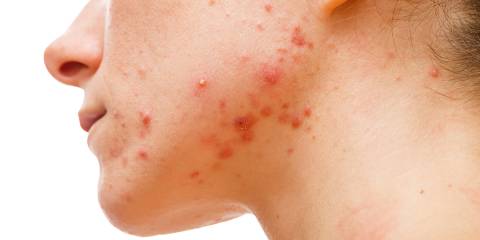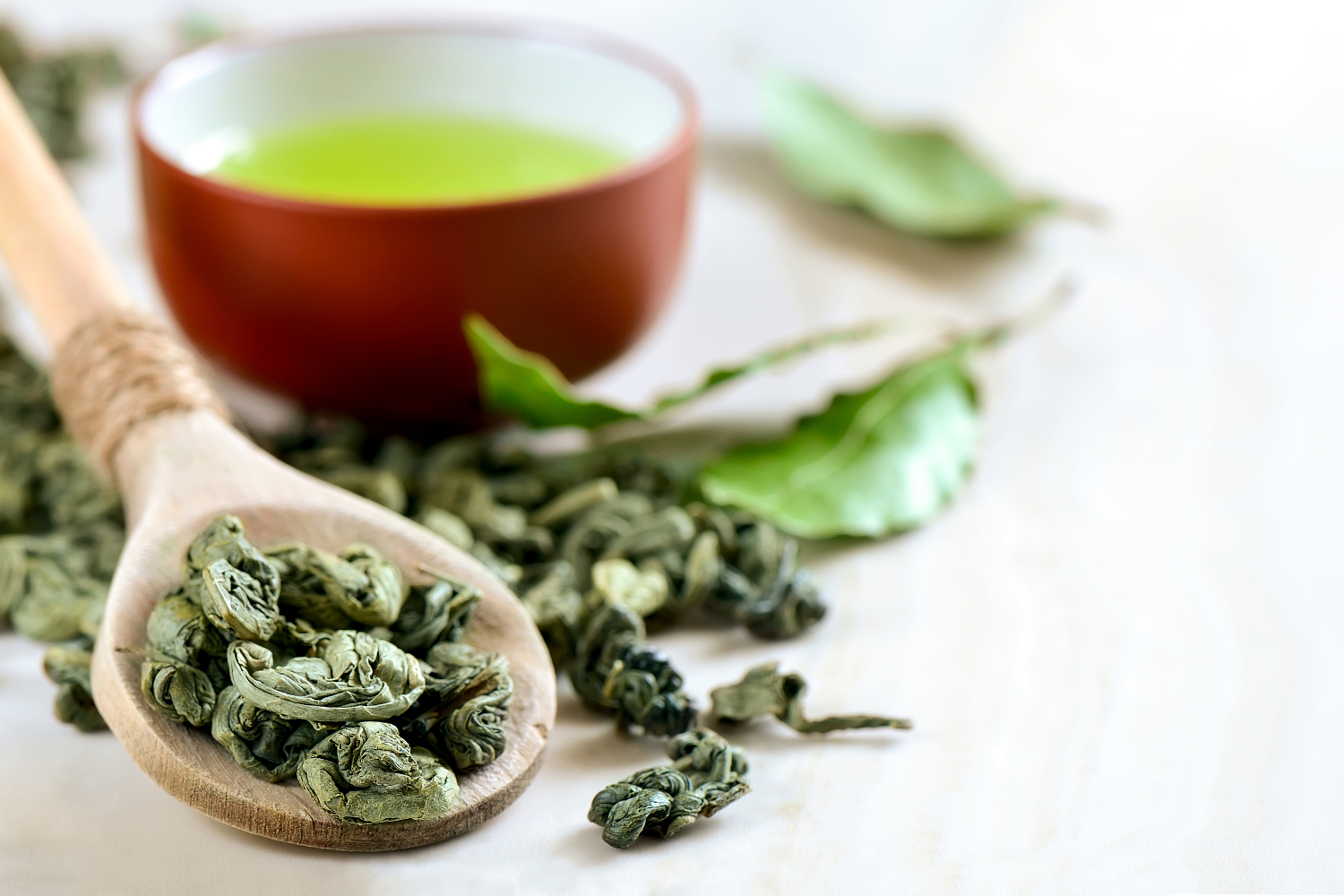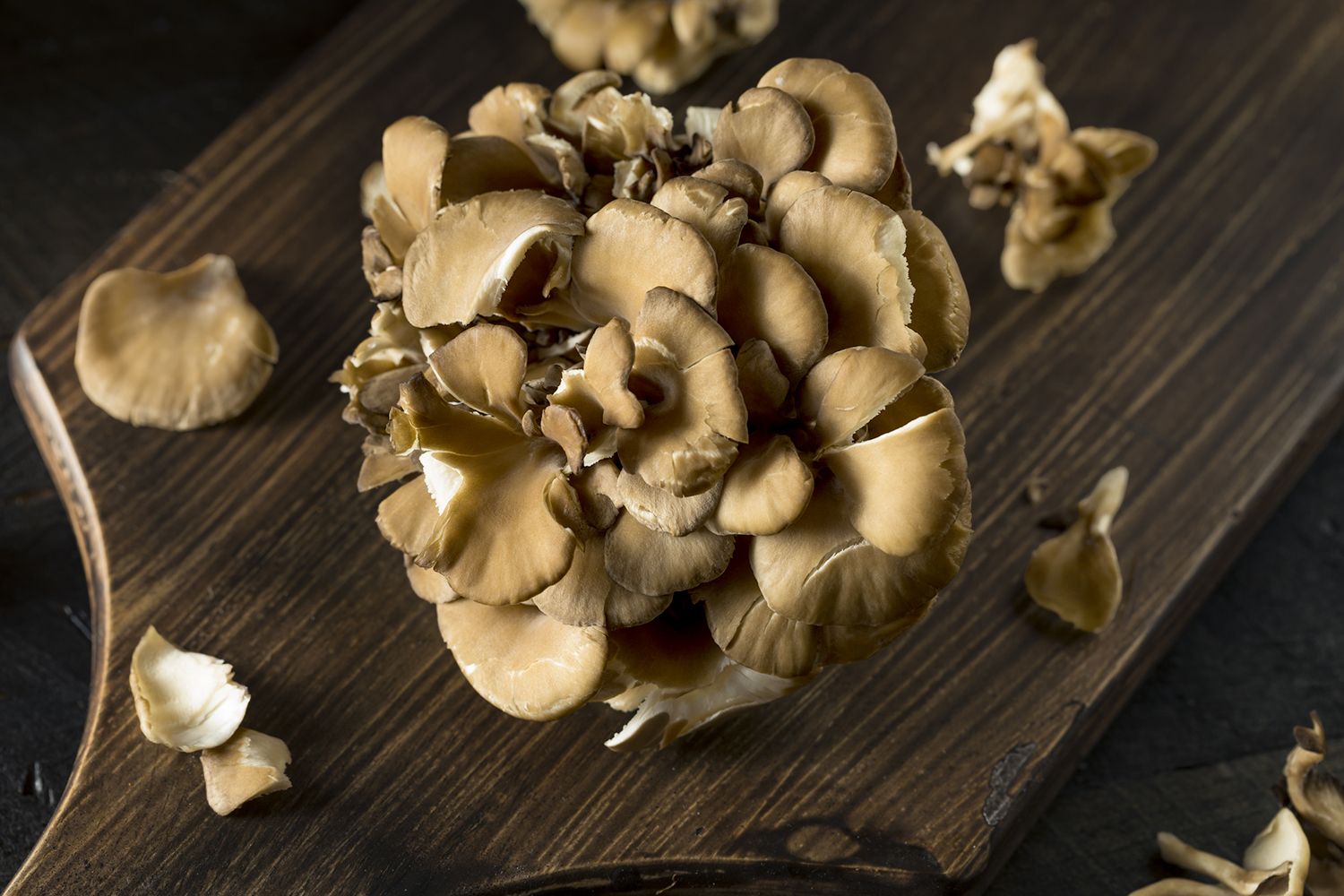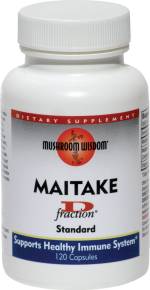St. John’s wort (Hypericum perforatum) has been used for mental health conditions for more than 2,000 years and is currently prescribed for depression in Europe.
In the United States, it’s a commonly used herbal supplement for seasonal affective disorder (SAD).
What is Seasonal Affective Disorder (SAD)?
SAD is a type of depression with a recurring seasonal pattern.
People with SAD experience major depression that coincides with specific seasons—typically when daylight hours decrease from October through March. (Some people experience SAD in the summer.)
What Are the Symptoms of Seasonal Affective Disorder?
For those with winter SAD, symptoms include:
- low energy
- excessive daytime sleepiness
- carb cravings
- overeating
- weight gain
- withdrawing from people to “hibernate”
How Common is Seasonal Affective Disorder?
Approximately 5 percent of the population suffers from seasonal affective disorder (SAD).
What Causes Seasonal Affective Disorder?
-
Irregular Serotonin Levels
Researchers believe people with SAD have trouble regulating serotonin, a neurotransmitter involved in mood.
-
High Melatonin
They may also overproduce melatonin, a hormone that regulates sleep.
-
Vitamin D Deficiency
SAD has also been linked to insufficient vitamin D, which plays a role in serotonin activity.
Natural Remedies for Seasonal Depression
Several strategies have been shown to help alleviate SAD.
- Light Therapy (daily exposure to artificial light)
- Vitamin D Supplementation
- Cognitive Behavioral Therapy
- Taking St. John's Wort
St. John's Wort for SAD
Clinical trials typically use dosages of 300 milligrams (mg) of St. John’s wort for adults, three times a day.
Precautions for St. John's Wort
If you’re interested in the herb, but are on medication, please take note of these precautions.
-
Interaction with Antidepressants
Combining it with some antidepressants can lead to a potentially life-threatening increase in serotonin.
-
Weakening Other Medications
St. John’s wort can also weaken certain medications, including birth control and blood thinners, as well as some cancer and HIV drugs. Consult with your healthcare practitioner before taking St. John’s wort.





















